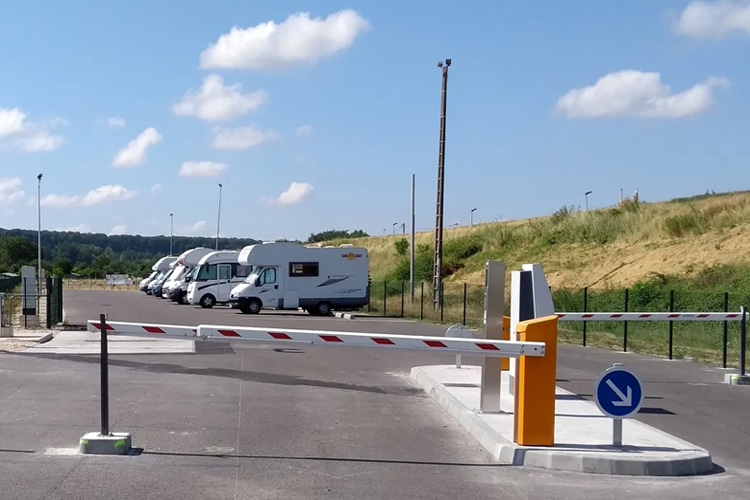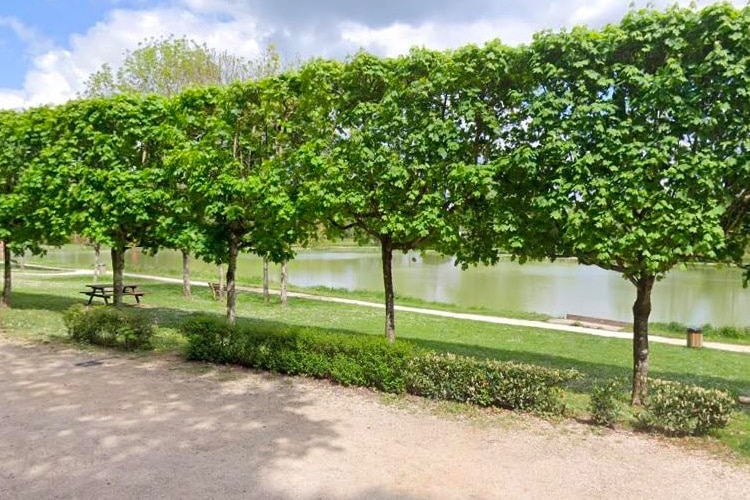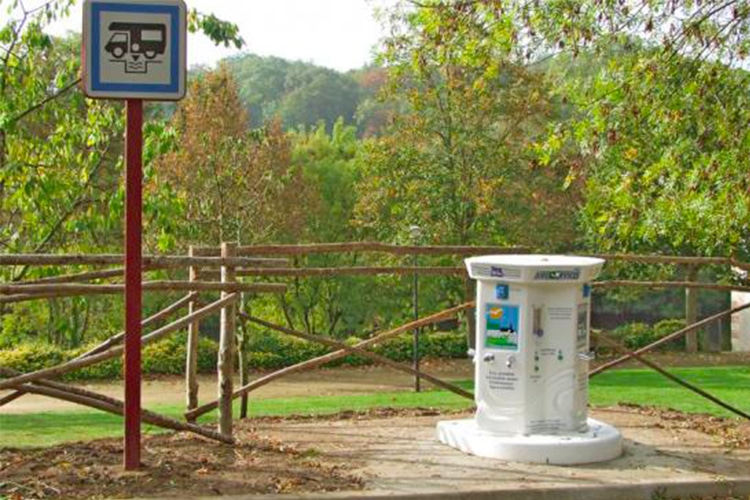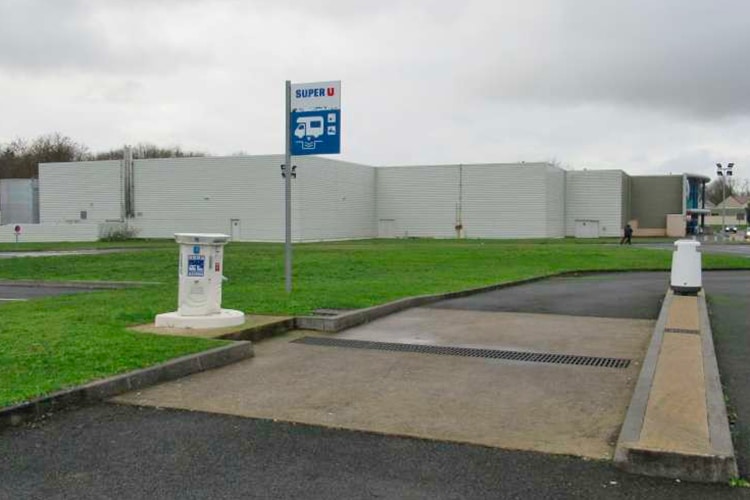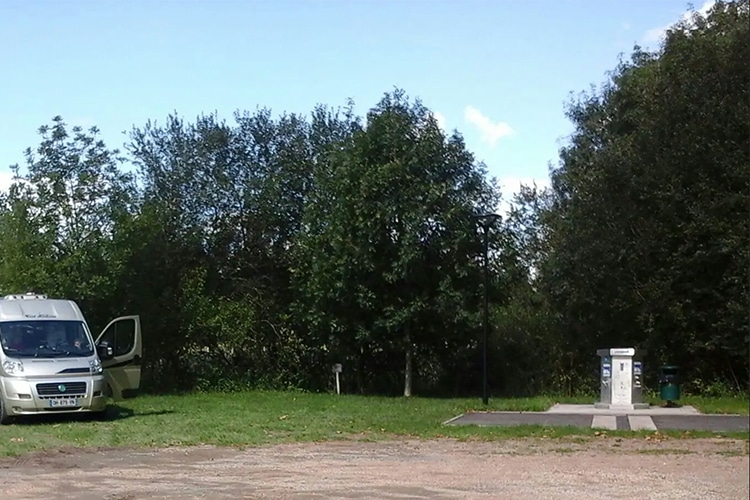Roadtrip in a motorhome Loire Valley Castles
From Goulaine to Chambord
Come and discover the Châteaux of the Loire on this roadtrip. The term "Loire châteaux" is used to describe a number of different sites in the Loire Valley. French castles located in the Loire Valley. They are architecturally unique in that most of them were rebuilt or extensively remodelled in the 15th and 16th centuries, at a time when the court of the Kings of France was based in this region or its immediate vicinity.
You'll visit the main châteaux: Château de Goulaine, Saumur, Azay-Le-Rideau, Ambroise, Chenonceau, Cheverny and finally Chambord, the largest château.
Stage
La Haye Fouassiere
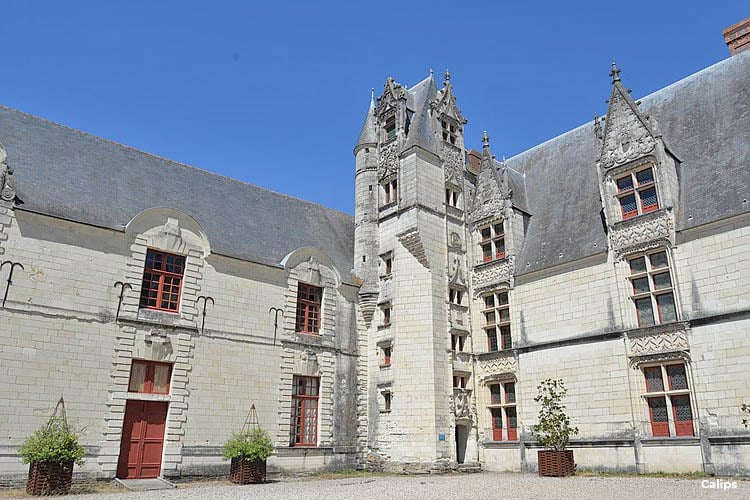
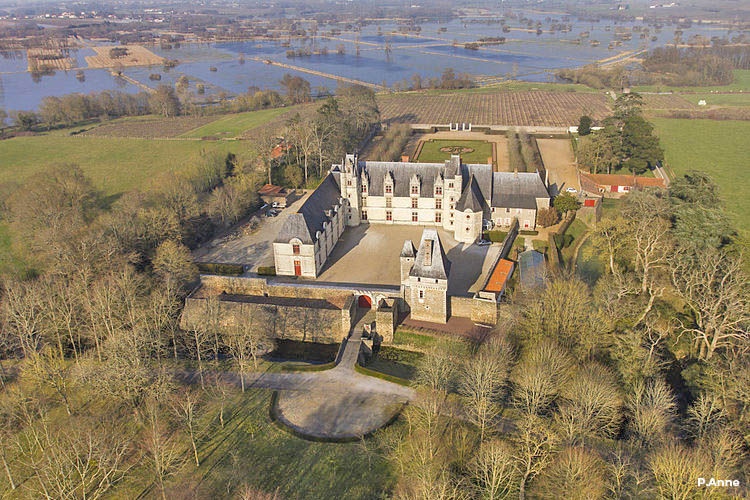
La Haye Fouassiere
Recommended route(s) : D74
- Your first stop will be the Château de Goulaine
- This castle is on the Loire at the gateway to Nantes and its vineyards. Built on the marches of Brittany, the medieval Breton fortress was rebuilt at the end of the 15th century to make way for a Renaissance château built of tuffeau (white chalk).
- Discover an unspoilt world between "vineyards and marshes", listed as a Nantes heritage site.
Stage
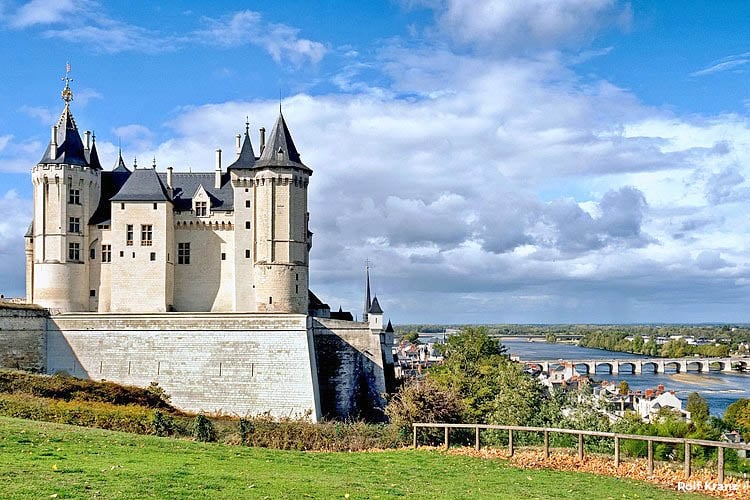
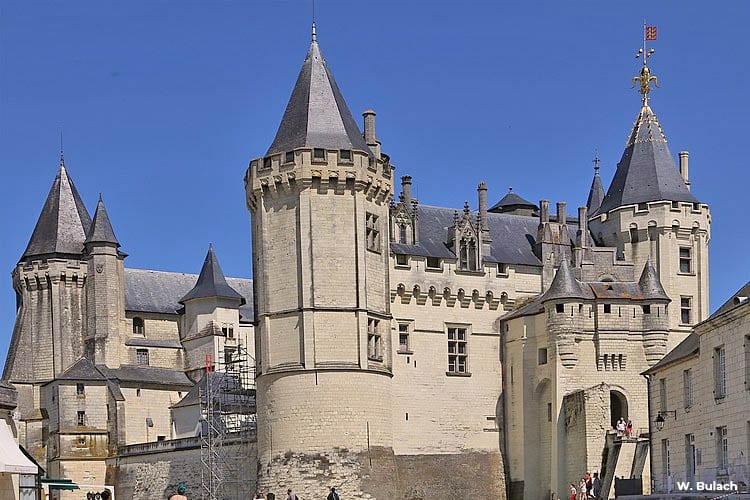
Recommended route(s) : D952
- The Château de Saumur is the last example of the princely palaces built by the Valois dynasty. It was the residence of King René. The château was a residence for the town's governors, a prison and then an arms and munitions depot.
- It was bought by the town in 1906. It now houses the municipal museum, now the Musée de France, on the first floor of the north wing and the horse museum on the second floor.
- There are a number of different collections, including ceramics, tapestries and furniture.
Stage
Ruan bridge
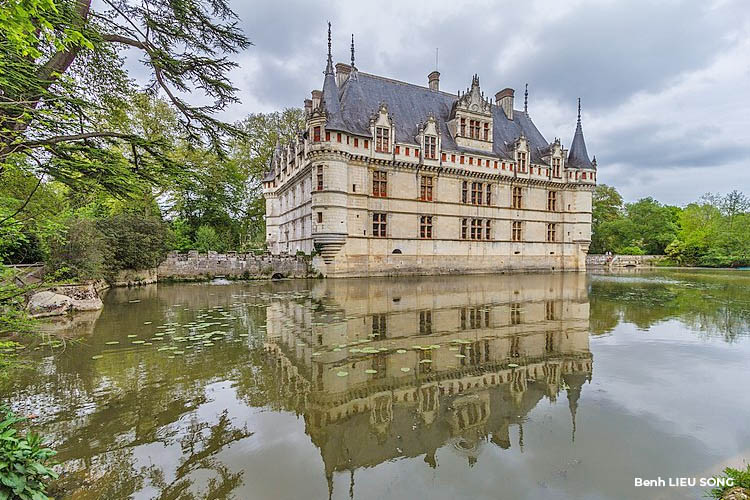
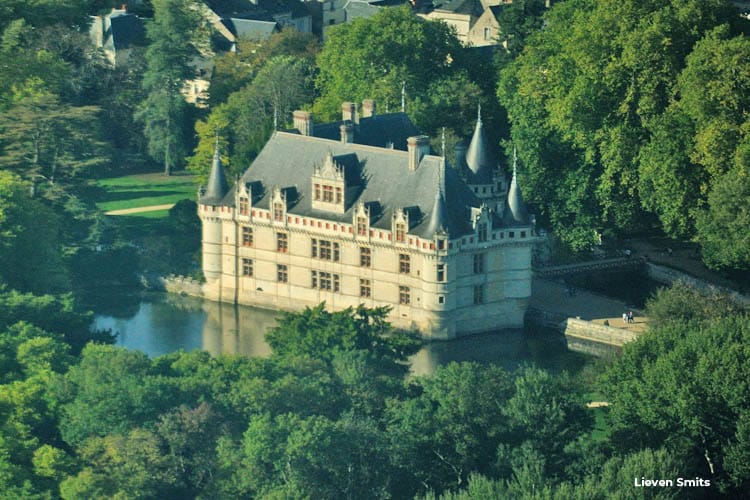
Ruan bridge
Recommended route(s) : D17
- The Château d'Azay-le-Rideau was built on an island in the middle of the River Indre during the reign of François I. A subtle blend of French traditions and innovative decoration from Italy, it is an icon of the new art of building in the Val-de-Loire in the 16th century.
- The current gardens were extensively redeveloped in the 19th century by the Biencourts, who transformed them into a large landscaped park.
- To the south and west, they feature two water mirrors that are symbolic legacies of former moats. These mirrors were in fact created in 1950 by the chief architect of historic monuments, who had the river arm widened so that the water flowed along the foundations in which the façades are reflected.
Stage
Montlouis-Sur-Loire
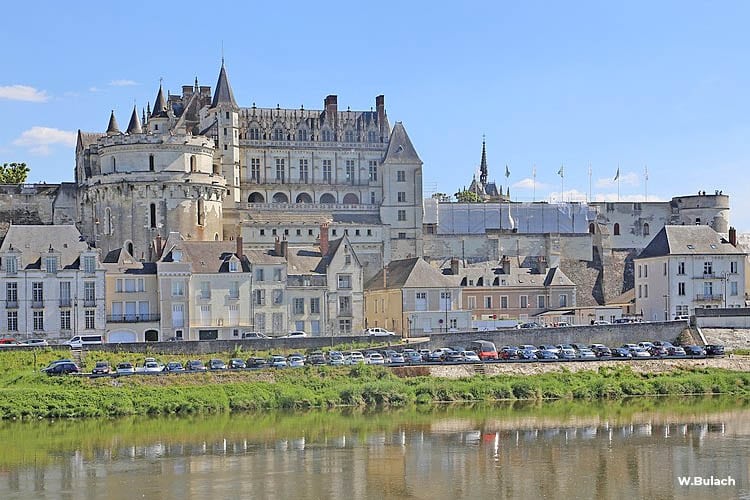
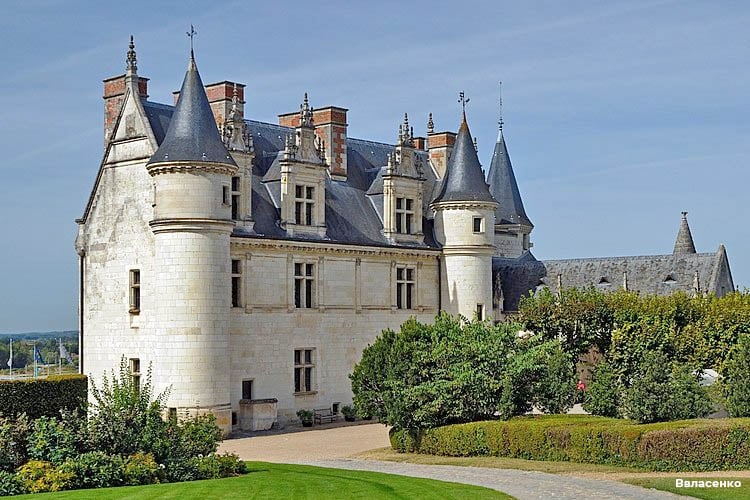
Montlouis-Sur-Loire
Recommended route(s) : D751
- Before becoming part of the crown in 1434, Amboise castle had belonged to the powerful House of Amboise for over four centuries.
- During the Renaissance, it was the residence of several kings, including Charles VIII, Louis XII and François I. It was partially destroyed after the French Revolution.
- What remains of Charles VIII's project are the royal dwelling, the chapel of Saint-Hubert where the presumed remains of Leonardo da Vinci lie, the terraces and the cavalier towers that give the monument its silhouette.
Stage
Montlouis-Sur-Loire
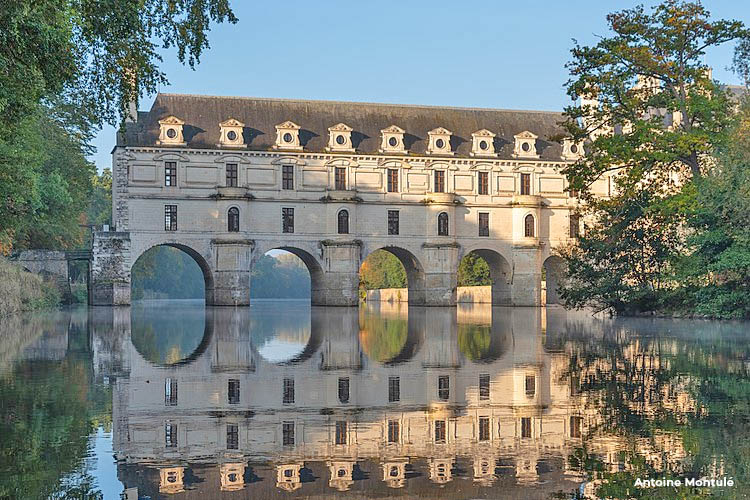
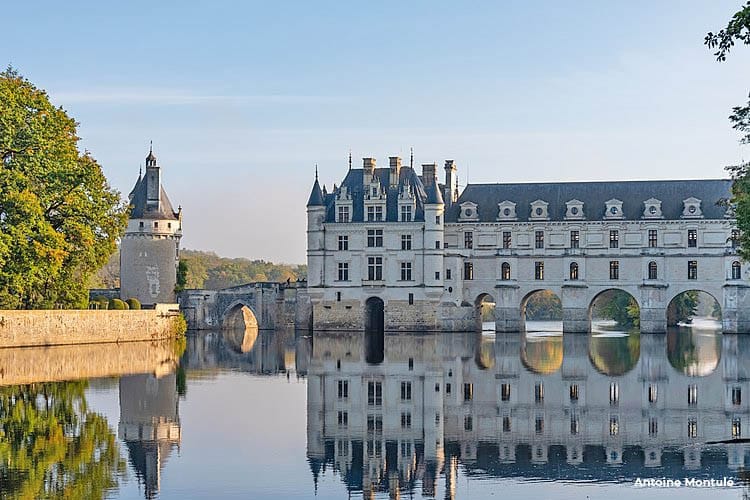
Montlouis-Sur-Loire
Recommended route(s) : D140 then D40
- Chenonceau Castle was renamed "Le Château des Dames" Its history is marked by an almost uninterrupted succession of women who have built, embellished, protected, restored and saved it.
- The first castle is a medieval castle from the 12th and 13th centuries, of which only the keep remains: the Tour des Marques.
Stage
Chouzy Sur Cisse
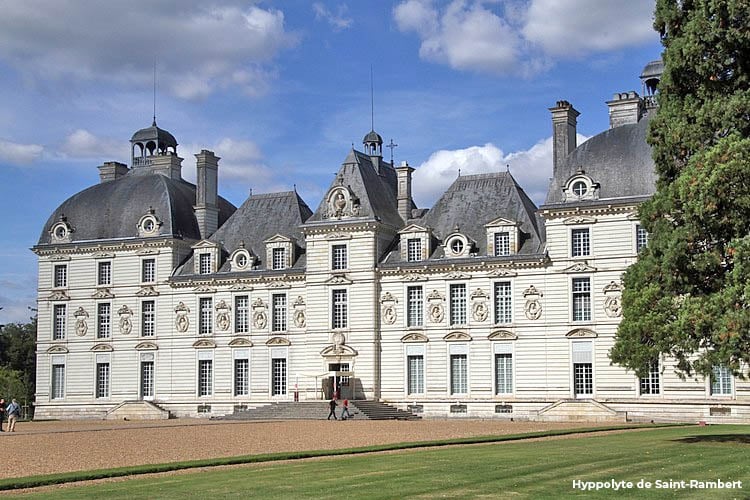
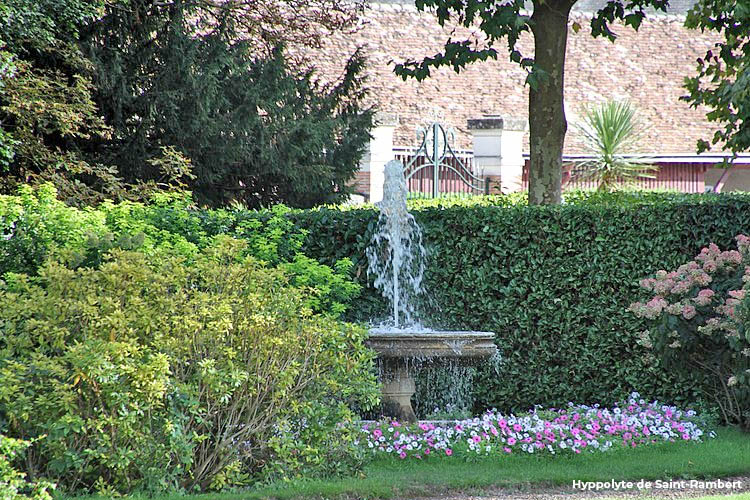
Chouzy Sur Cisse
Recommended route(s) : D77
- At Château de Cheverny, you'll discover six themed gardens as well as the kennels, which house around a hundred dogs used for hunting.
- It was designed by Jacques Bougier, architect of part of the Château de Blois, and has been the residence of the Marquis de Vibraye since the 15th century.
- The Château de Cheverny inspired Hergé to create a replica of the Château de Moulinsart.
Stage
Blois
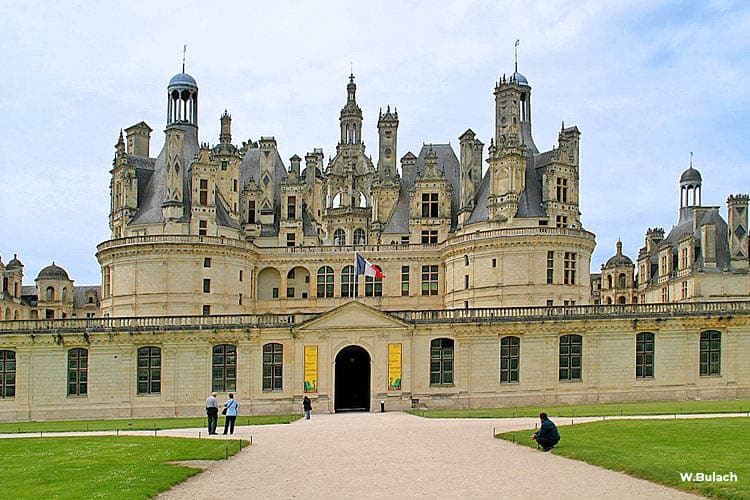
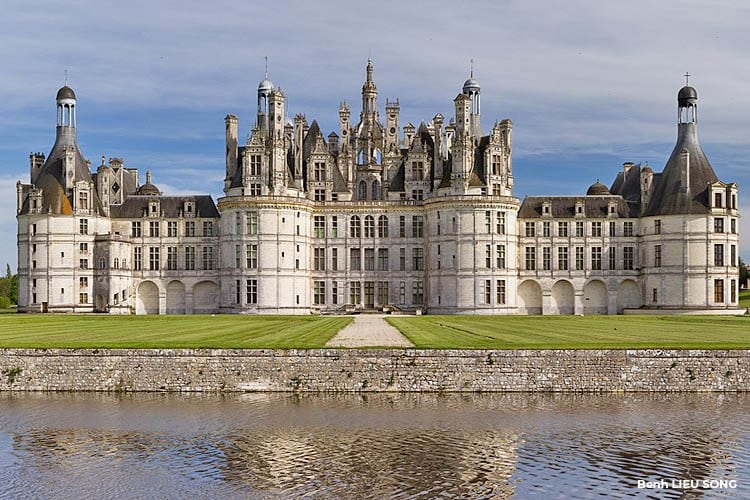
Blois
Recommended route(s) : D33
- Château de Chambord is built in the heart of the largest enclosed forest park in Europe (around 50 km²), and is the largest of the Loire châteaux.
- It boasts a pleasure garden and a hunting park that have been classified as historic monuments. Chambord is the only royal estate that has remained intact since its creation.
- The current château dates back to the 16th century, to the reign of King François I, who oversaw its construction from 1519.
- The site was originally home to a feudal motte (fortification) and the former fort of the Counts of Blois.
Staging areas on your roadtrip
Blois
Exhibition Centre
Loir-et-Cher
Reception area PAY PARKING
20
parking spaces
8EUR
The 24h
Chouzy Sur Cisse
Route du Tertre
Loir-et-Cher
Motorhome stopover FREE PARKING
5
parking spaces
2EUR
10 min water + 55 min electricity
La Haye Fouassiere
Rue des Bords de L'eau
Loire-Atlantique
Motorhome stopover FREE PARKING
3
parking spaces
3EUR
10 min water + 55 min electricity
Montlouis-Sur-Loire
Super U
Indre-Et-Loire
Service area (Supermarket)
10
parking spaces
2EUR
Water + electricity
Ruan bridge
D17
Indre-Et-Loire
Motorhome stopover FREE PARKING
10
parking spaces
FREE
10 minutes of water + 1 hour of electricity


